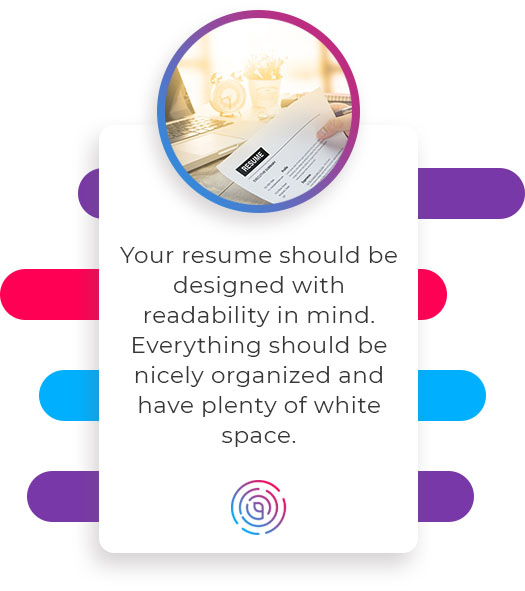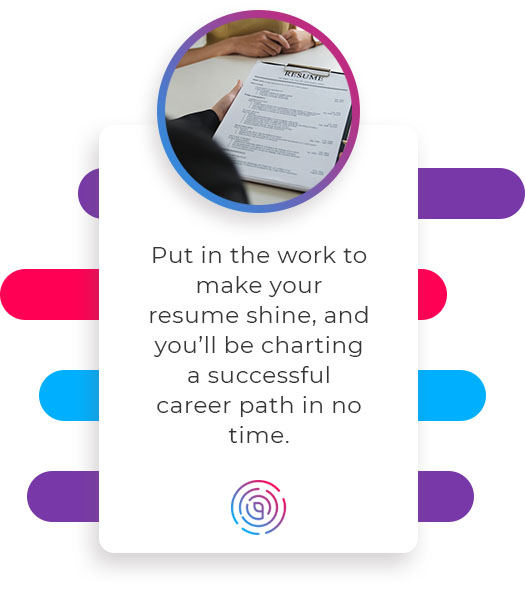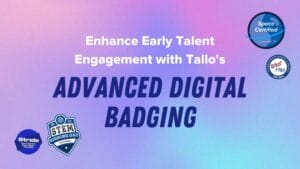Baking. Slacklining. Canceling a gym membership. Sometimes, the things that sound easy in practice are far more difficult than they seem. Another one you can add to that list? Scoring an entry-level position to jumpstart your career.
Why is getting an entry-level job so hard? In a word: competition. There are tons of college grads just like you who are vying for the same entry-level position. Depending on the type of career you’re pursuing and the overall job market, the competition can be fierce for these jobs.
Your best shot at success? Creating a strong resume that captures the attention of hiring managers. Read on to learn how to make your resume stand out for an entry-level position.
Related: How to Choose a Career
1. Tailor Your Resume to the Job Position
After spending so much time making a professional resume, the last thing anyone wants to do is tailor it to each entry-level job they apply for. We get it. But that’s exactly why you should do it.
Many college graduates use the same resume for each job. By tailoring your resume to the job description, you can make it that much easier for hiring managers to see that you’re qualified for the position.
Besides, tailoring your resume to each job description is not as time-consuming as you might think. All you need to do is identify what the company is looking for in a candidate and sprinkle those key traits and qualifications throughout your resume.
2. Include a Summary Statement
THUMP. That’s the sound of your resume going in the garbage if it doesn’t impress hiring managers within 7.4 seconds, which is fine because, frankly, you didn’t want to work for someone who doesn’t recycle anyway.
Jokes aside, you should seriously consider including a summary statement in your resume. This is a brief (one to two sentences) statement that highlights your most compelling qualifications.
Your summary statement should go at the top of your resume. Make sure that it’s clear, concise, and describes the value that you can bring to the company — not the other way around.
For example:
SUMMARY
Passionate and enthusiastic wildlife researcher with experience in conducting wildlife surveys and collecting data for external agencies and universities. Looking to utilize research and data collection skills in biological research at XYZ, Inc.
Related: Resume for Internship
3. Describe Your Accomplishments in Detail
Out of these two bullet points, which one do you think is the most convincing?
This:
- Created and implemented a successful email marketing campaign for Company XYZ.
Or this:
- Created a relevant and engaging email marketing campaign for Company XYZ to generate and boost brand awareness, resulting in a 24% increase in leads and a 35% increase in blog subscribers.
Most people would probably say the second bullet point is the more compelling of the two. That’s because it describes the candidate’s accomplishments in greater detail and tells a better story.
Hiring managers aren’t just looking for a candidate who meets basic qualifications. They want a candidate who is going to excel in the position. Using facts, figures, and numbers is an effective way to show them that you’re ready to hit the ground running and drive results for their company.
Tip: Don’t forget to include links to your personal website or portfolio on your resume. This makes it easier for hiring managers to fact-check your claims.
4. Keep It Concise
The best resume for an entry-level position is clear, concise, and one page in length. As a young professional in the early stages of their career, you simply don’t have enough career-related experience to justify a second page.
Additionally, you should try to avoid padding your resume with irrelevant experience. While stuffing your resume with redundancy and fluff might make your resume look more visually appealing, it lowkey signals to hiring managers that you don’t understand what they’re looking for in a potential candidate.

5. Make It Easy to Read
Speaking of visually appealing resumes, your resume should be designed with readability in mind. Everything should be nicely organized and have plenty of white space.
Be sure to use a simple font like Helvetica or Times New Roman, which are both easy to read and more likely to be accepted by an applicant tracking system (ATS). Remember to use clear section headings, list company names in a bold, italicized font, and use bullet points to describe job details.
Lastly, don’t forget to proofread your resume. You don’t want to get passed up for a high-paying job because of a silly typo!

Put in the Effort
Scoring an entry-level position can be tough, but it’s far from impossible. Put in the work to make your resume shine, and you’ll be charting a successful career path in no time. Good luck!
Related: What Is a Career Path?
Image Credits:
Source: Lucky Business/Shutterstock
Source: Neomaster/Shutterstock
Source: Jirapong Manustrong/Shutterstock




